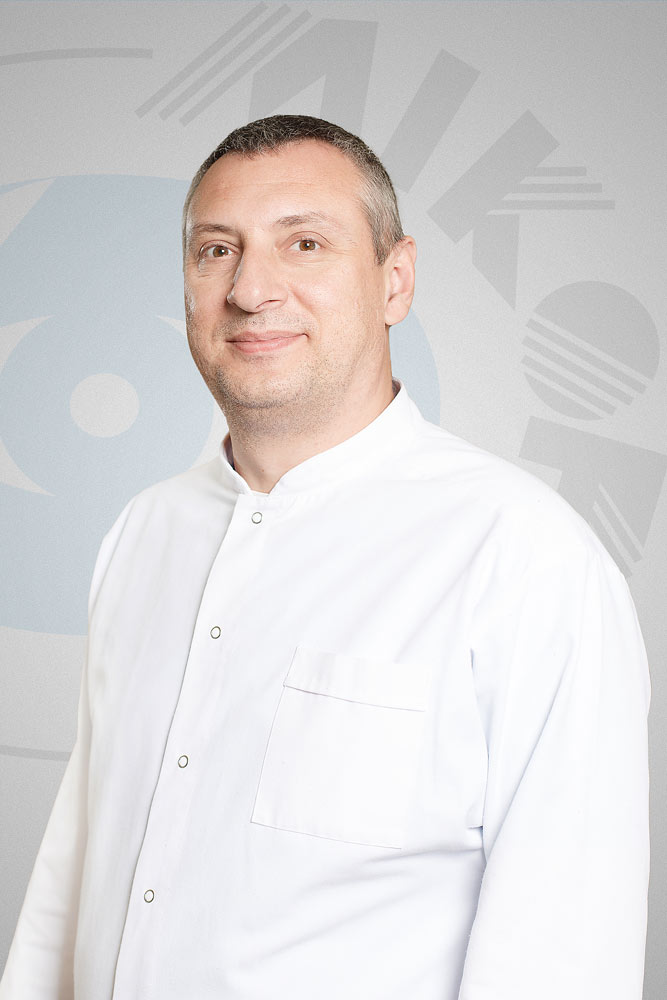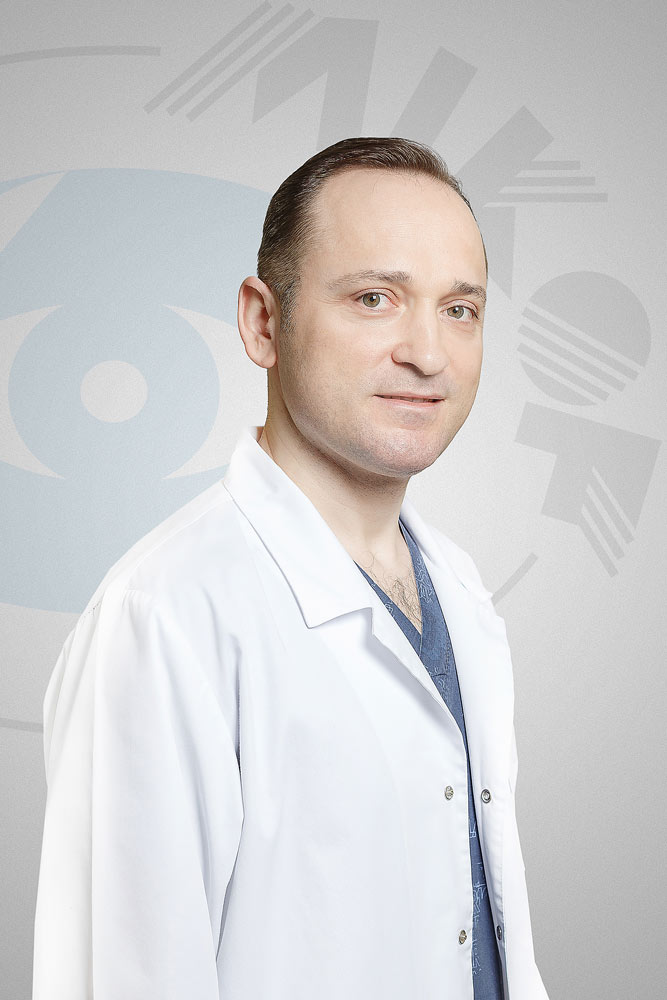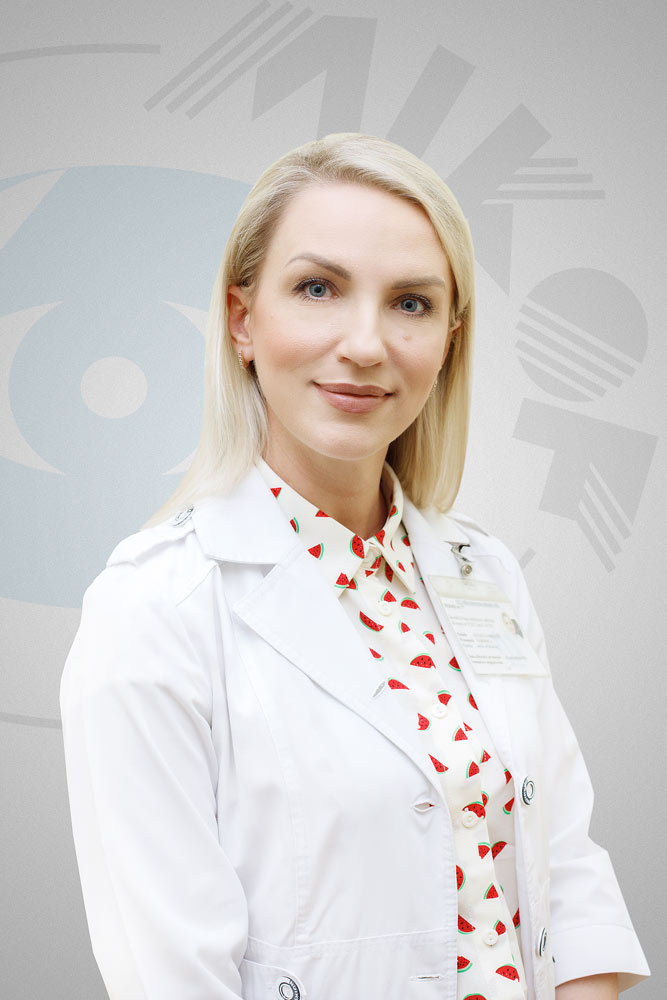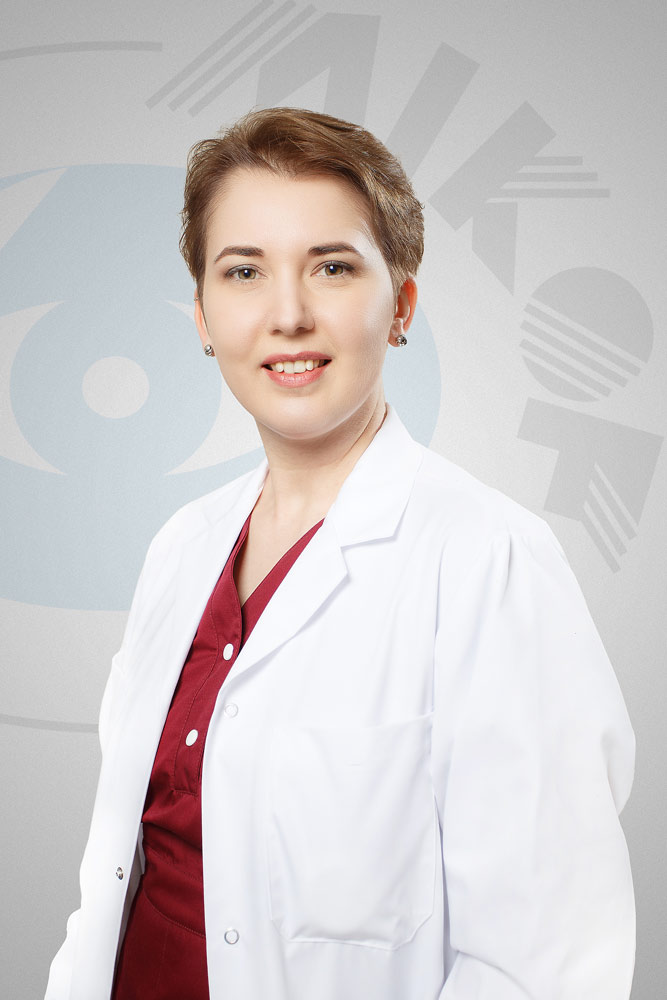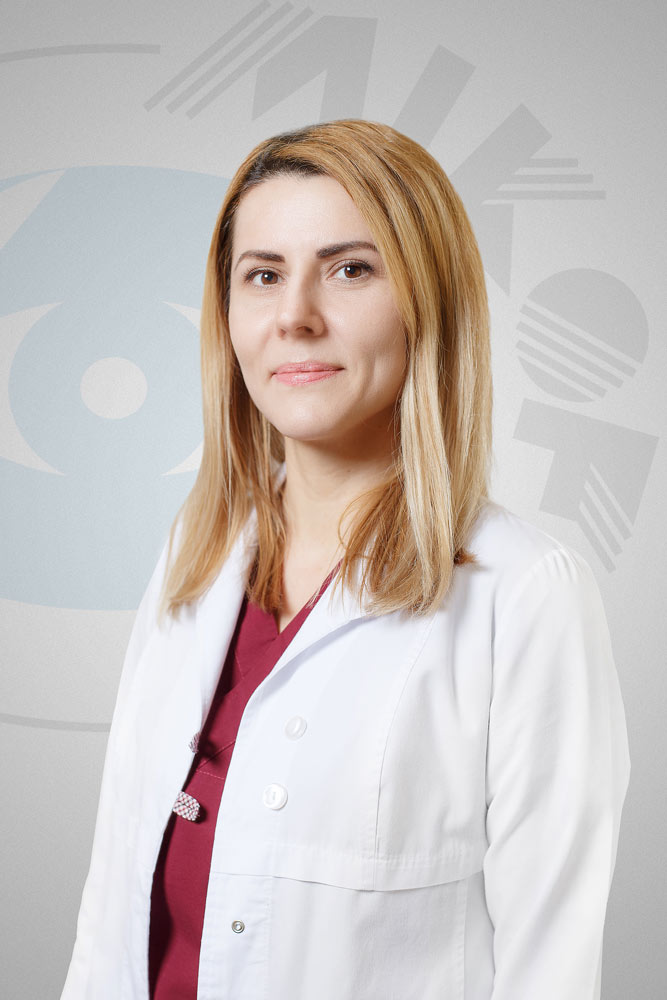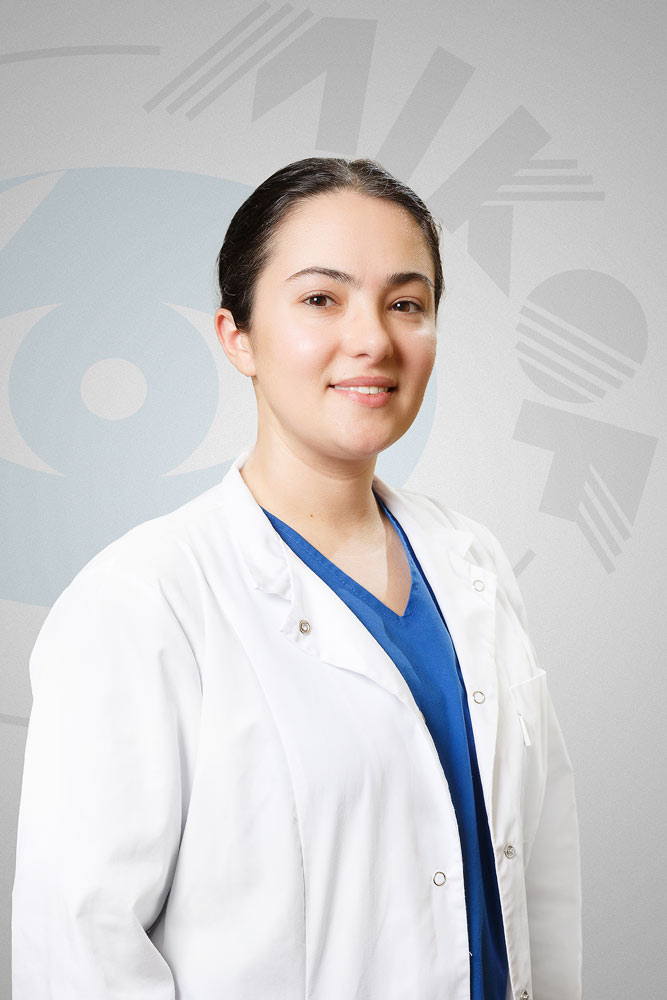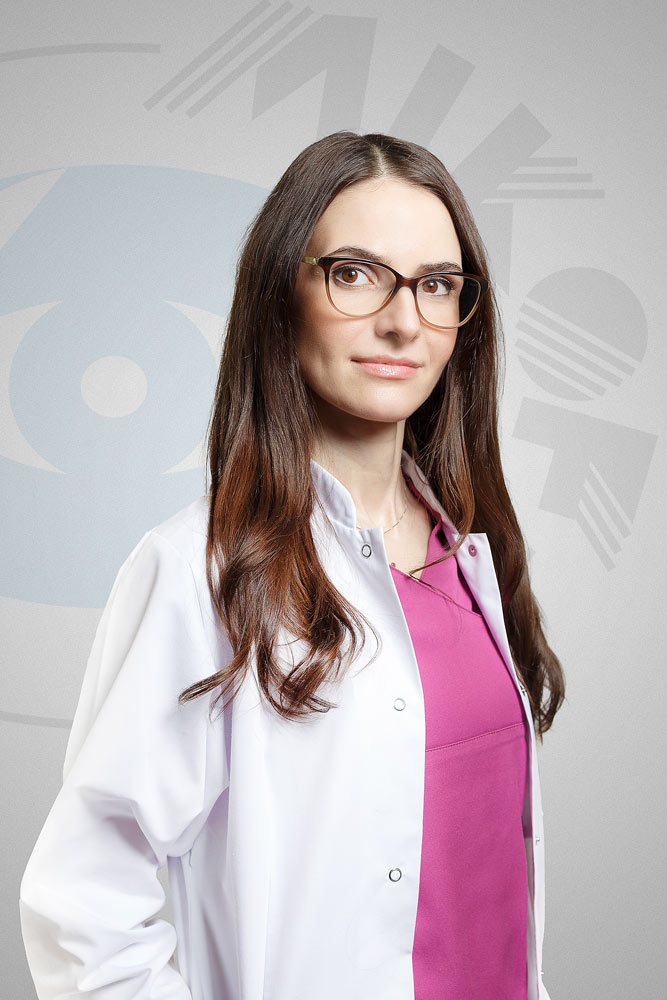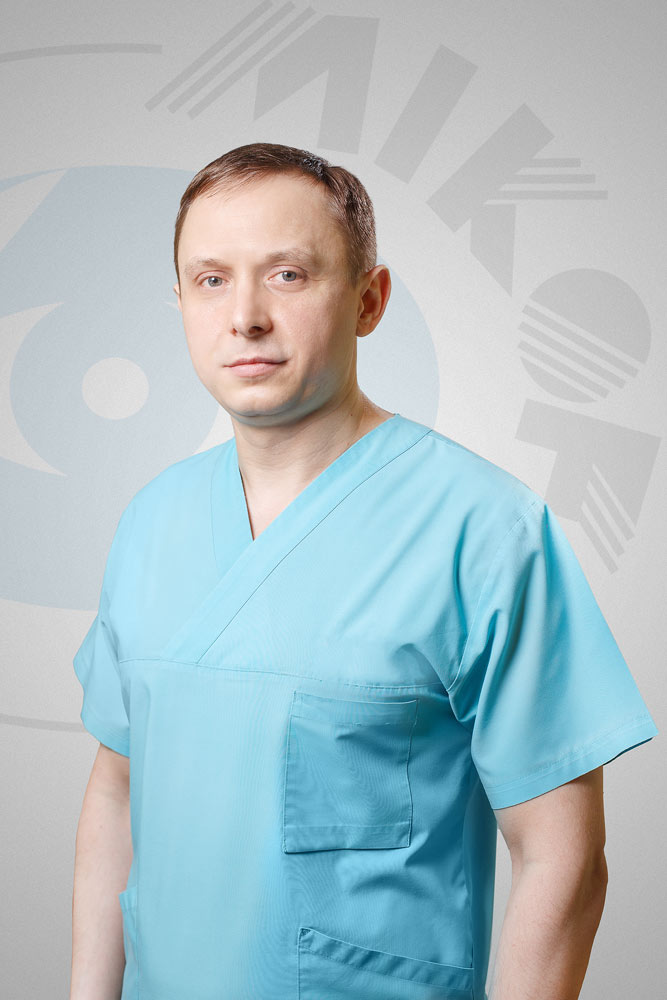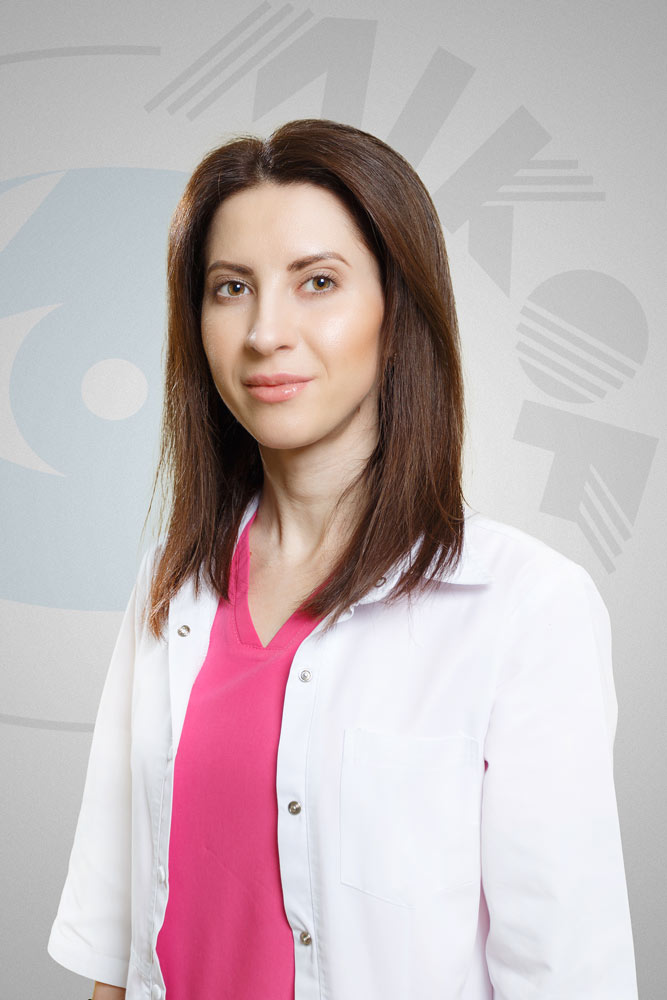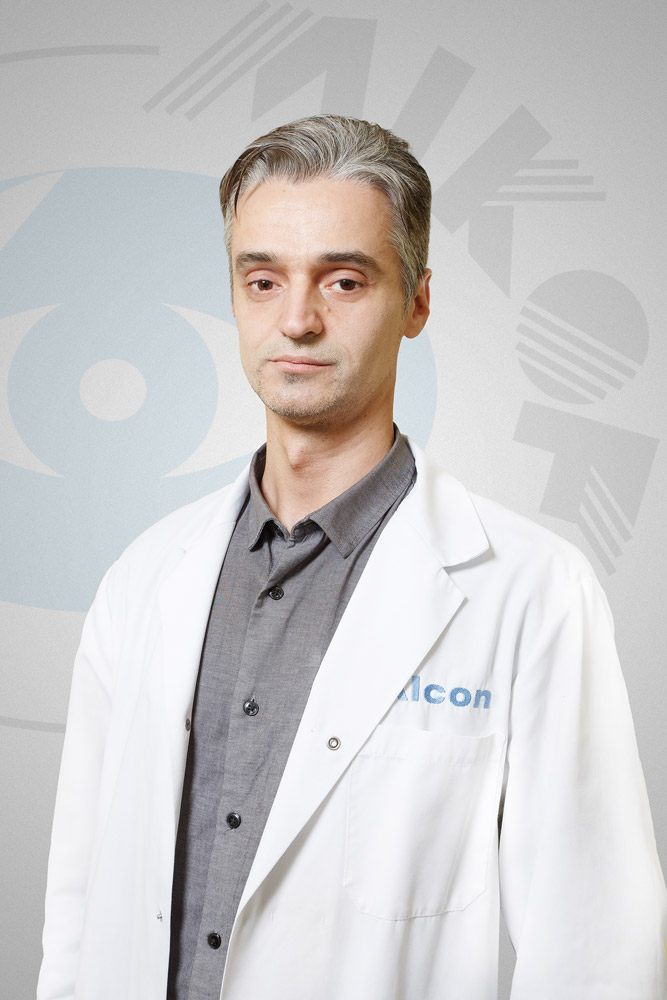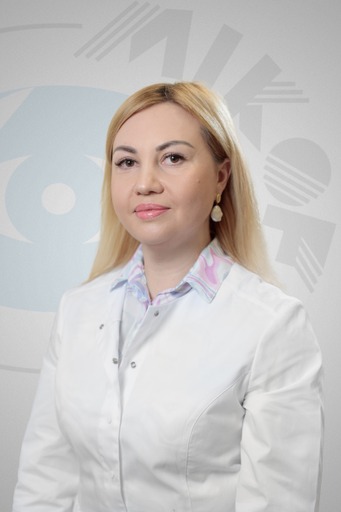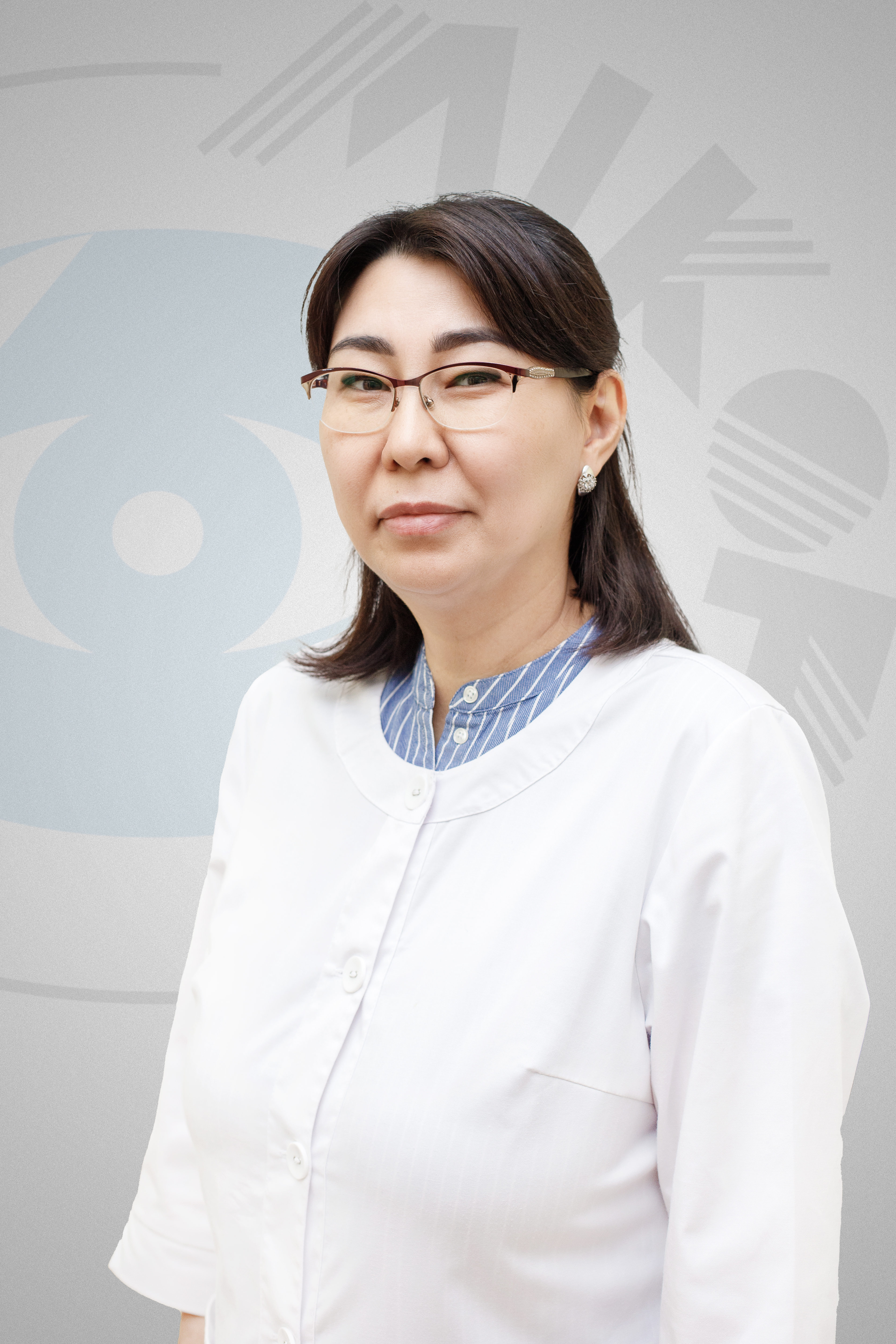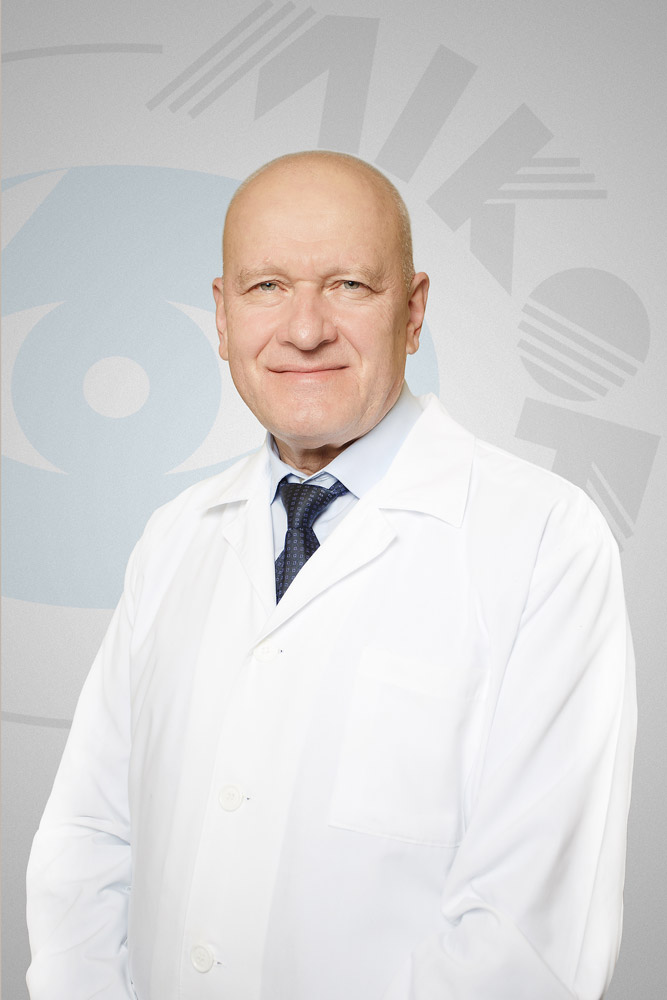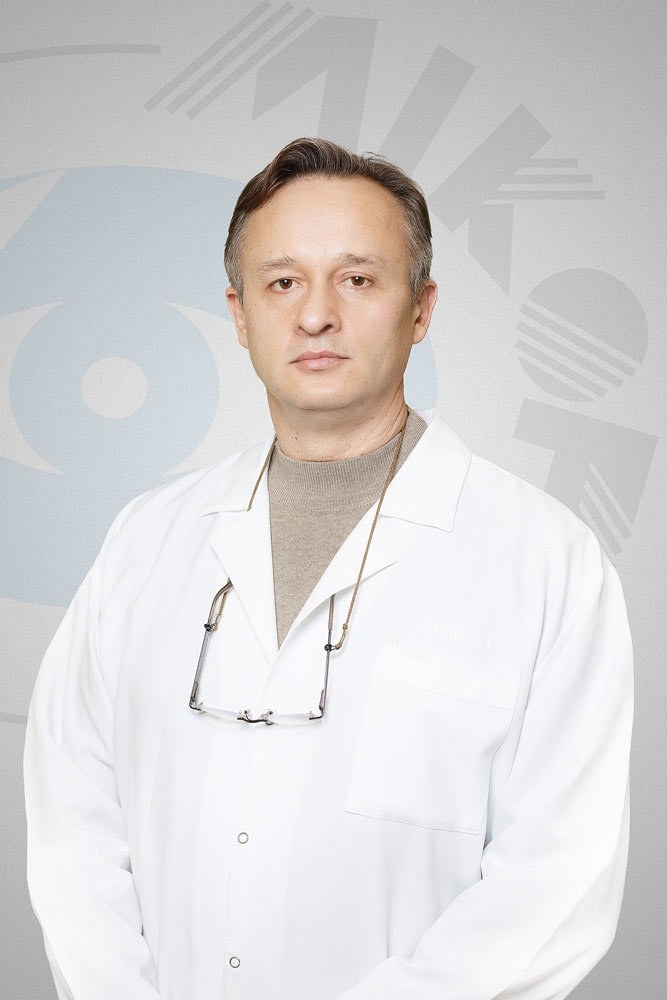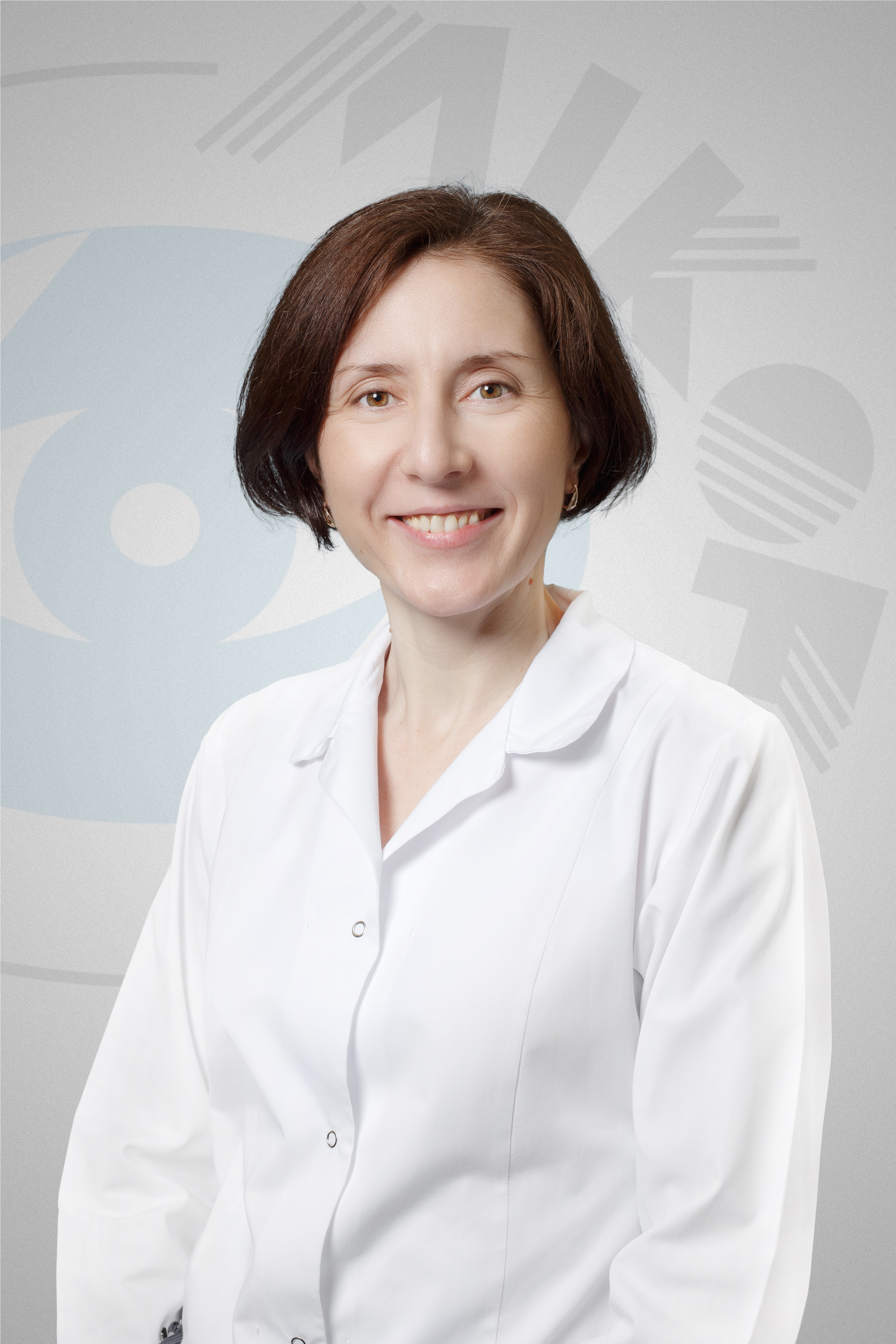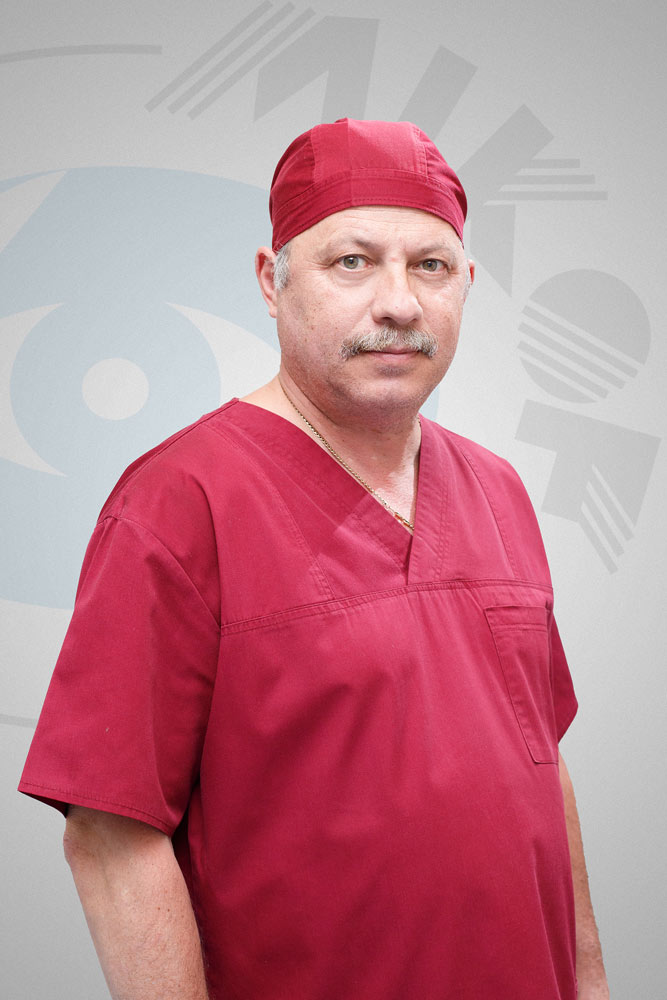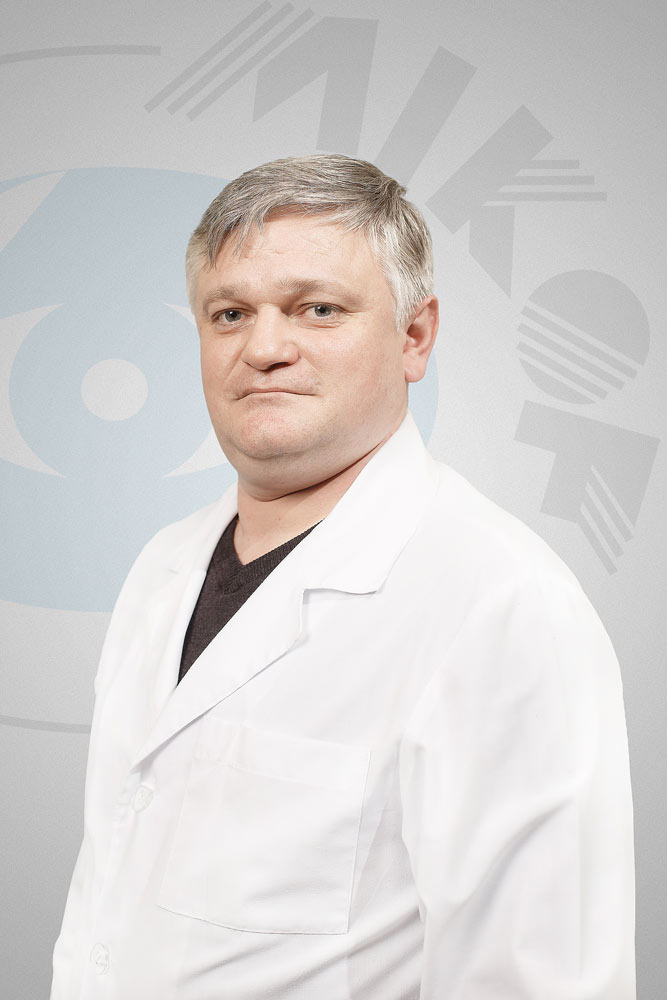Children's ophthalmologists around the world are sounding the alarm. The number of eye diseases among children is growing at an alarming rate.
According to the World Association of Ophthalmologists, today every 10th child under 3 years old is diagnosed with strabismus, and every 3rd student graduates with glasses.
Experts say: - And this is only the beginning.
Who is to blame for the problems of pediatric ophthalmology and how not to "overlook" the decline in vision in our own child, we will try to understand this article.
A gadget for children is not a toy.
According to doctors, over the past decade, the emergence of gadgets has become a powerful impetus for the development of an “epidemic” of eye diseases among children.
Each of us witnessed a situation when a baby begins to act up or cry in a store, clinic, transport or for a walk, and his mother immediately gives him a phone or a tablet with a cartoon to sit at least a little quietly.
The danger lies in the fact that the child cannot hold the smartphone in a fixed position, the screen is constantly twitching, and the baby’s visual muscles are not ready for such loads, they overstrain, which can lead to serious visual impairment in a couple of years.
Therefore, experts categorically do not recommend giving smartphones to children under 3 years old.
The Internet is not an expert in the field of pediatric ophthalmology.
Many parents, probably because of their employment, and some, perhaps for reasons of economy, refuse to go to the doctor in favor of advice on the Internet.
It is there that the “best specialists” gather who treat any disease with a 100% guarantee, based on their own experience, tested for years by all relatives, friends and acquaintances.
In various forums, they recommend herbal decoctions according to old recipes, compresses, exercises, and even medications!
Mom, stop! How can one bury something, rinse something or smear the eyes of his baby with unverified means without examining a doctor and making a diagnosis ?! From such "proven drugs" he can become disabled for life or even lose his sight.
Modern children's ophthalmology has very wide possibilities.
But few people know about it!
And this is another reason for the widespread occurrence of eye diseases among children.
Specialists often have to deal with patients who come with outdated information: amblyopia is a non-serious disease and goes away on its own; nystagmus (involuntary eye movement) is not treated at all; and squint will “outgrow” and does not require intervention. And this is only part of the stereotypes.
Therefore, if you heard - “this is not being treated”, “do not pay attention”, “will pass by itself”, “cure when you grow up” - it is better to double-check this information in a specialized clinic with the latest equipment and professional specialists. Modern equipment allows you to detect diseases at the earliest stages, sometimes even before the appearance of visible symptoms, to accurately monitor the dynamics, progress of treatment, and conduct the treatment itself at a qualitatively new level, quickly, painlessly, safely and with a high guarantee of success.
Responsibility for a timely visit to the ophthalmologist rests with the parents, not the doctors.
Recognizing visual defects in a child is not always easy for several reasons. Firstly, the baby does not realize that he has a vision problem and therefore cannot articulate exactly what is bothering him or not complaining about it at all.
And secondly, children's vision has good compensatory functions, and if a problem arises in one child’s eye, the other eye tries to “compensate” this problem.
Therefore, children for a long time do not realize that they develop a disease, or, if it is congenital, they get used to seeing it from birth.
Ophthalmologists of the Eye Microsurgery Center in Chisinau often encounter situations where children are already brought up with highly developed eye diseases: myopia, hyperopia, amblyopia (“lazy eye”), etc. All these diseases can be diagnosed at the initial stage of development and appropriate treatment.
So, many parents do not know that strabismus can be operated on at 5-7 years old, and some even at 10 years old do not want to operate on the child, I am motivated by the fact that it "will outgrow itself." Thus, the child receives not only a cosmetic defect and becomes the object of ridicule among peers, but also receives a violation of the normal functioning of the visual system. Such children see the world flat, cannot calculate the distance between objects, they have difficulties in learning and playing sports.
How often do I need to visit a pediatric ophthalmologist?
Here the most important rule is that the child must be brought to an ophthalmologist not only when there are vision problems, but also for preventive examinations!
It is at such examinations that more than 50% of latent eye diseases are diagnosed in the initial stages, which are treated quickly and effectively.
1) The very first reception for babies is still in the hospital. But he, as a rule, is not indicative. The child is still very small, closes his eyes, constantly crying.
Therefore, doctors recommend coming for a full examination in 2-3 months.
At this stage, an experienced specialist can easily determine congenital diseases: myopia, farsightedness, strabismus, cataracts, glaucoma and astigmatism.
Few parents know that ophthalmic disorders are inherited. The likelihood that a child will have congenital myopia is 50% - if one parent suffers from this ailment and 80% - if both parents wear glasses.
2) The next appointment is recommended to come in 6 months.
At this age, the child should already be able to keep track of moving objects. It is also important to note that up to 6 months the baby can squint. This is due to the incomplete formation of the work of the visual muscles, which is the norm and should go away on its own. If strabismus persists within 2 months, then appropriate treatment is prescribed, sometimes right up to surgery.
And do not be afraid of it. Strabismus disrupts the volumetric perception of the world around us and the sooner this problem is solved, the better the brain adjusts to normal conditions. And modern methods and the latest equipment allow specialists to carry out operations as accurately and painlessly as possible.
3) Then an ophthalmologist appointment should take place at 1 year, then at 2 and 3 years.
The fact is that the visual system of children is formed precisely up to 3 years. And many eye pathologies are manifested precisely in this period.
With such a frequency of examinations, it is almost impossible to miss the onset of the disease.
If the child is not diagnosed with any abnormalities, then the next time you need to go to the ophthalmologist immediately in front of the school.
4) Specialists recommend annual examinations to schoolchildren
At this age, vision problems manifest themselves more distinctly: children squint, approach closer to the TV, bend lower to the notebook, the handwriting becomes larger. Such habits may indicate that the child's vision deteriorates.
If you notice such changes, do not delay the visit to the ophthalmologist.
The sooner a specialist identifies a problem, the easier it can be solved.
Do not rely on the fact that the disease will “outgrow”, do not use any traditional medicine, and do not rely completely on school medical examinations. Only a full ophthalmological examination in a clinic that has specialized equipment guarantees an accurate diagnosis.
Remember that the task of parents is to closely monitor the state of their children and, in case of any change in their behavior, turn to experienced specialists in time.
Do not make the main mistake that most parents make - after one reception they calm down that the child has good eyesight and will no longer lead him to a specialist.
It is better to make sure every year that vision does not fall than to miss the onset of the disease.
In our clinic "Eye Microsurgery", you can get specialized advice from an ophthalmologist and undergo a diagnosis of vision with the whole family, at any convenient time. And also get timely help and qualified treatment.

